Popular on Food52
41 Comments
Waverly
October 16, 2011
Thank you for all of the good tips, Tom. RE. the tripod, Tom, do you use it all the time? Do you use a small table-top tripod or the large kind? Thank you.
thirschfeld
October 16, 2011
As a general rule of thumb anything under 125th of a second shutter speed and you should use a tripod. Especially if your are really close to the subject. I use the large kind because I can raise and lower it to the height I need and with a table top it will limit you pretty much to one height.
thirschfeld
October 16, 2011
As a general rule of thumb anything under 125th of a second shutter speed and you should use a tripod. Especially if your are really close to the subject. I use the large kind because I can raise and lower it to the height I need and with a table top it will limit you pretty much to one height.
midnitechef
October 14, 2011
Hmm, I think I saw a tripod in the garage. I'll have to dig it out after reading this! Thanks for the tips :)
deanna1001
October 13, 2011
Great tips. Having been on many photo shoots (but not assisting...producing) I agree that it makes you look at the world with a more critical eye to making a photo... Thanks for a terrific post.
Kitchen B.
October 13, 2011
I took a photography class 2 years ago, bought a tripod and have hardly used it! My tip - take a deep breath, hold it and snap! That's what I was taught.
Once my 'container' is unpacked with all our stuff from the Netherlands, I'll go back to experimenting with the tripod. She says.
Once my 'container' is unpacked with all our stuff from the Netherlands, I'll go back to experimenting with the tripod. She says.
Kitchen B.
October 13, 2011
Spot on Tom - I say photographers in my opinion are almost next to God in their ability to capture and showcase beauty from a new perspective.
I often am enamoured with the stripping on the skin of a fruit and so when I begin to photograph it - that's what I capture. I look for what appeals to me/catches my 3rd eye about the image, plate or scene set before me and I try to capture that and distill the essense.
There's no substitute for taking lots of photos!
I often am enamoured with the stripping on the skin of a fruit and so when I begin to photograph it - that's what I capture. I look for what appeals to me/catches my 3rd eye about the image, plate or scene set before me and I try to capture that and distill the essense.
There's no substitute for taking lots of photos!
thirschfeld
October 13, 2011
Thanks KB. And might I add if I had to choose a food52 book party your party that you are throwing Nigeria would be at the top of my list. I can't wait to see pictures.
Kitchen B.
October 13, 2011
:-). I'm smiling - thanks for your comment. I'll have to bottle up some Nigerian goodness and bring with me if I'm ever near Indiana. In the interim, I'm hoping to share more Nigerian foods now I'm back home. Take care
Kelly C.
October 12, 2011
I love how generous you are with your knowledge and how honest and funny your stories are. You are a good storyteller. And your advice is good and very practical. I appreciate how this piece is so different from the others. And that pie up there is glorious looking, the use of the photos throughout the story were perfectly placed. I am very happy with this 9th installment of yours. When's the book come out?
Kelly C.
October 12, 2011
I love how generous you are with your knowledge and how honest and funny your stories are. You are a good storyteller. And your advice is good and very practical. I appreciate how this piece is so different from the others. And that pie up there is glorious looking, the use of the photos throughout the story were perfectly placed. I am very happy with this 9th installment of yours. When's the book come out?
WinnieAb
October 12, 2011
Tom this is just such a lovely piece in so many ways...I really enjoyed it and will look forward to the next installment :)
thirschfeld
October 12, 2011
Thanks Winnie, I know how you like photography and I have seen some of you great pics.
la D.
October 12, 2011
Thanks for sharing your journey, I really enjoyed reading it. Love tip #7- I use a point and shoot nikon coolpix for everything. It seems to me that learning how to use your camera to the best of it's ability, using natural light, having a good eye and knowing how to plate food is better than taking mediocre pictures with a fancy camera.
la D.
October 12, 2011
Thanks for sharing your journey, I really enjoyed reading it. Love tip #7- I use a point and shoot nikon coolpix for everything. It seems to me that learning how to use your camera to the best of it's ability, using natural light, having a good eye and knowing how to plate food is better than taking mediocre pictures with a fancy camera.
NotesOnDinner
October 12, 2011
The hardest time for me to photograph food is in winter. Since I don't cook during the day just to shoot photos for my blog, I am left with very little or no natural light in the evening to quickly shoot a photo before putting the food on the table. I don't want to write about (for example) the brownies I make for my kids during the day all winter. Any suggestions for lighting nighttime cooking when natural light is not available? Maybe you've already answered this question - excellent tripod, slow shutter speed...
thirschfeld
October 12, 2011
I hear what you are saying the winter is always tough because it gets dark so early. Really, if you have a tripod you could shoot on a really low shutter speed but that sometimes just isn't what you want. Lots of times these days, and I don't know what kind of camera you have, you can set the white balance for incandescent lights. You could sometime try a lamp but you will want something to soften the light. I might look around on the internet for lighting ideas. I am sure there are just as many photo blogs as cooking. Hope that helps.
Kitchen B.
October 13, 2011
I've heard of people talking about Lowel Ego lights - at the last check, they were cheapest on Amazon. A lot of European food bloggers, where I first heard of them, swear by it. Steamy Kitchen has a post on the lights as well.
Since I don't have any, I can't testify to their goodness but what I hear is the nature of the light they produce is 'white', and close to day/sunlight.
My winter tip - When winter rolled round in the Netherlands where I lived till 8 weeks ago, I would save a small/'hero' portion of the cooked food till the weekend and then I would photograph it. But I am addicted to taking (food) photos so.... this worked out well. Yes it wasn't live bogging but that's just me. Good luck and enjoy blogging
Since I don't have any, I can't testify to their goodness but what I hear is the nature of the light they produce is 'white', and close to day/sunlight.
My winter tip - When winter rolled round in the Netherlands where I lived till 8 weeks ago, I would save a small/'hero' portion of the cooked food till the weekend and then I would photograph it. But I am addicted to taking (food) photos so.... this worked out well. Yes it wasn't live bogging but that's just me. Good luck and enjoy blogging
Sarah A.
October 12, 2011
The list of tips is great! Moments and light, so true.
And I just fell in love with your studio/dining room.
And I just fell in love with your studio/dining room.
Bevi
October 12, 2011
I love taking photos but struggle, especially with light. Thanks for this great tutorial. And your dining room is beautiful.
Minimally I.
October 12, 2011
Thanks for the thoughtful post. When I wanted to start taking better pictures, I gravitated to your #8 tip naturally. It's tough to set up a beautiful shot, especially when you're starting out, so having a good inspiration file is really important (as is analyzing exactly what's so great about each image).

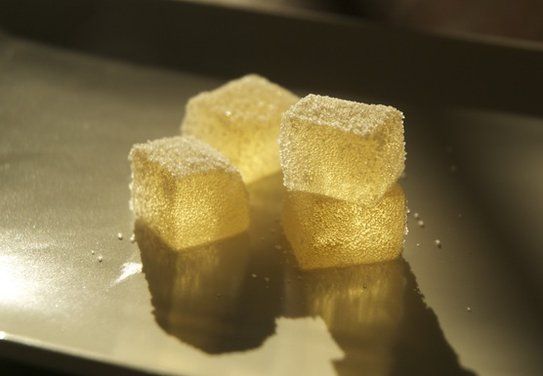
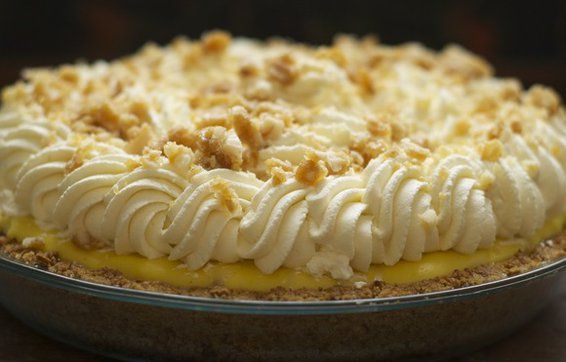
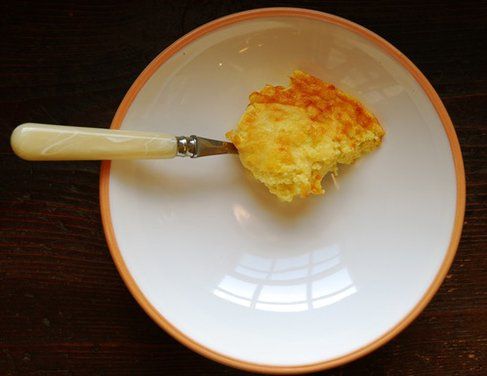
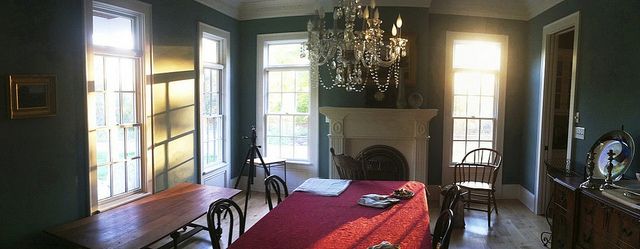
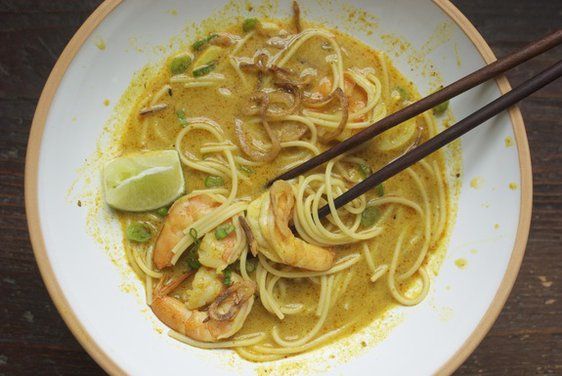
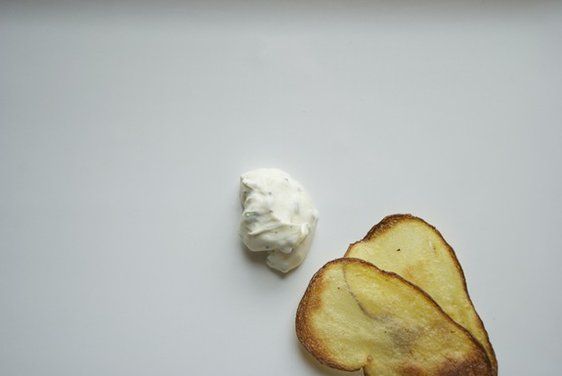
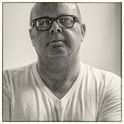
See what other Food52 readers are saying.